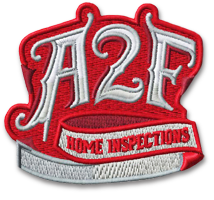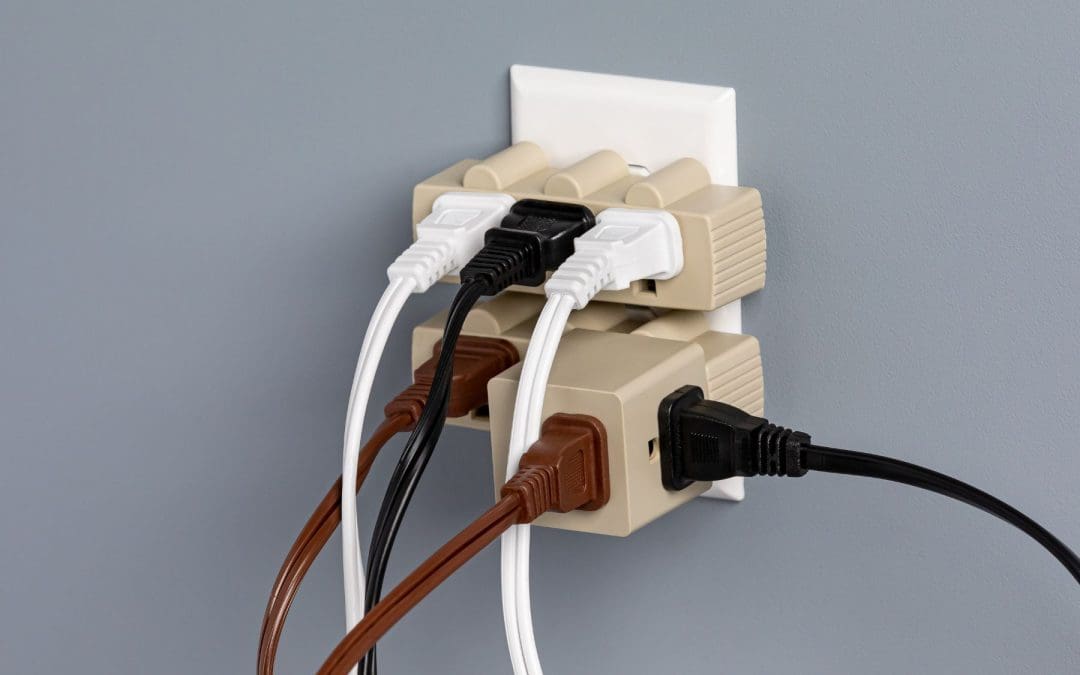When thinking about home safety, smoke alarms and secure locks often come to mind, but electricity is another critical factor that shouldn’t be overlooked. It powers daily life, yet when misused or neglected, it can become a serious hazard. Prioritizing electrical safety is essential to protecting both your home and your family.
Understanding the Dangers of Electricity
Electricity is fundamentally a flow of electrons, and it always seeks the easiest path to the ground. Various dangerous situations can occur when that path is through a person or an object that can’t handle the current. An electric shock happens when a person becomes part of the electrical circuit. Even a small current can disrupt a person’s heart rhythm, leading to serious injury or death.
Another major risk is electrical fires. These can start when an overloaded circuit or a faulty appliance generates excessive heat. This heat can ignite nearby combustible materials, like insulation, wood, or fabric. In fact, electrical malfunctions are a leading cause of home fires. The danger is often hidden behind walls or within appliances, making it all the more important to be proactive.
Common Electrical Safety Issues to Watch Out For
Let’s talk about some of the most common hazards in homes. First, and one of the most visible, is frayed or damaged cords. Worn-out cords expose the live wires inside, creating a direct path for electric current to escape. If you see a cord that’s cracked, split, or has exposed wires, it’s time to replace it. A simple solution like electrical tape is only a temporary fix and not a safe long-term solution.
Next up, overloaded outlets. It’s tempting to plug in a power strip or an octopus-like arrangement of plugs into a single outlet, but this is incredibly risky. An outlet is designed to handle a specific amount of power. Overloading it can cause the wiring to overheat, increasing the fire risk. It’s always best to use a power strip with a built-in circuit breaker and to distribute your appliances across different outlets.
Another frequent culprit is the improper use of extension cords. These cords are designed for temporary use, not as a permanent wiring solution. Running them under rugs or through doorways is a bad idea. This can damage the cord and create a tripping hazard. Consider having a qualified electrician install a new outlet if you need a permanent power source in a specific location.
Easy Steps to Ensure Your Home is Electrically Safe
Being proactive is the key to electrical safety; regularly inspect your outlets and switches. Look for warm outlets that have scorch marks or make a buzzing sound. These are all signs of a potential problem that needs immediate attention.
Ensure you have ground fault circuit interrupters (GFCIs) installed in areas where water might be present, such as kitchens, bathrooms, laundry rooms, and garages. A GFCI is designed to shut off an electric circuit when it detects current flowing along an unintended path, such as through water or a person. They can save lives and are a simple yet powerful safety device.
Finally, and perhaps most importantly, never attempt complex electrical repairs yourself unless you are a qualified and licensed electrician. Electrical work is not a DIY project for the average homeowner. One wrong connection can have catastrophic consequences. Always hire a professional, whether installing a new outlet or replacing a breaker. A licensed electrician has the knowledge and experience to do the job safely and up to code. It’s an investment in your home’s safety that is absolutely worth it.
FAQs About Electrical Safety
What should I do if my circuit breaker keeps tripping?
A tripping circuit breaker is a clear sign that a circuit is overloaded or there’s a short somewhere. It’s a safety feature that is doing its job. First, unplug all devices from that circuit. Then, reset the breaker. If it trips again immediately, there’s likely a short. If it only trips when you plug something back in, that device may be the culprit. If the problem persists, contact an electrician to investigate.
Are surge protectors and power strips the same thing?
No, they are not. A power strip simply adds more outlets. A surge protector offers protection from electrical surges. While a power strip may have a circuit breaker to prevent overloading, a surge protector has internal components to divert excess voltage away from your electronics. It’s always best to use a surge protector for sensitive and expensive electronics like computers and TVs.
How often should I have my home’s electrical system inspected?
A professional electrical inspection is recommended every 5 to 10 years for older homes. In newer homes, an inspection may not be necessary as often. Still, it’s a good idea to have one done if you notice any unusual electrical issues or if you plan to do a major renovation. A professional inspection can identify hidden issues before they become serious problems.
Attic to Foundation provides home inspection services to the greater Atlanta area. Contact us to request an inspection.

